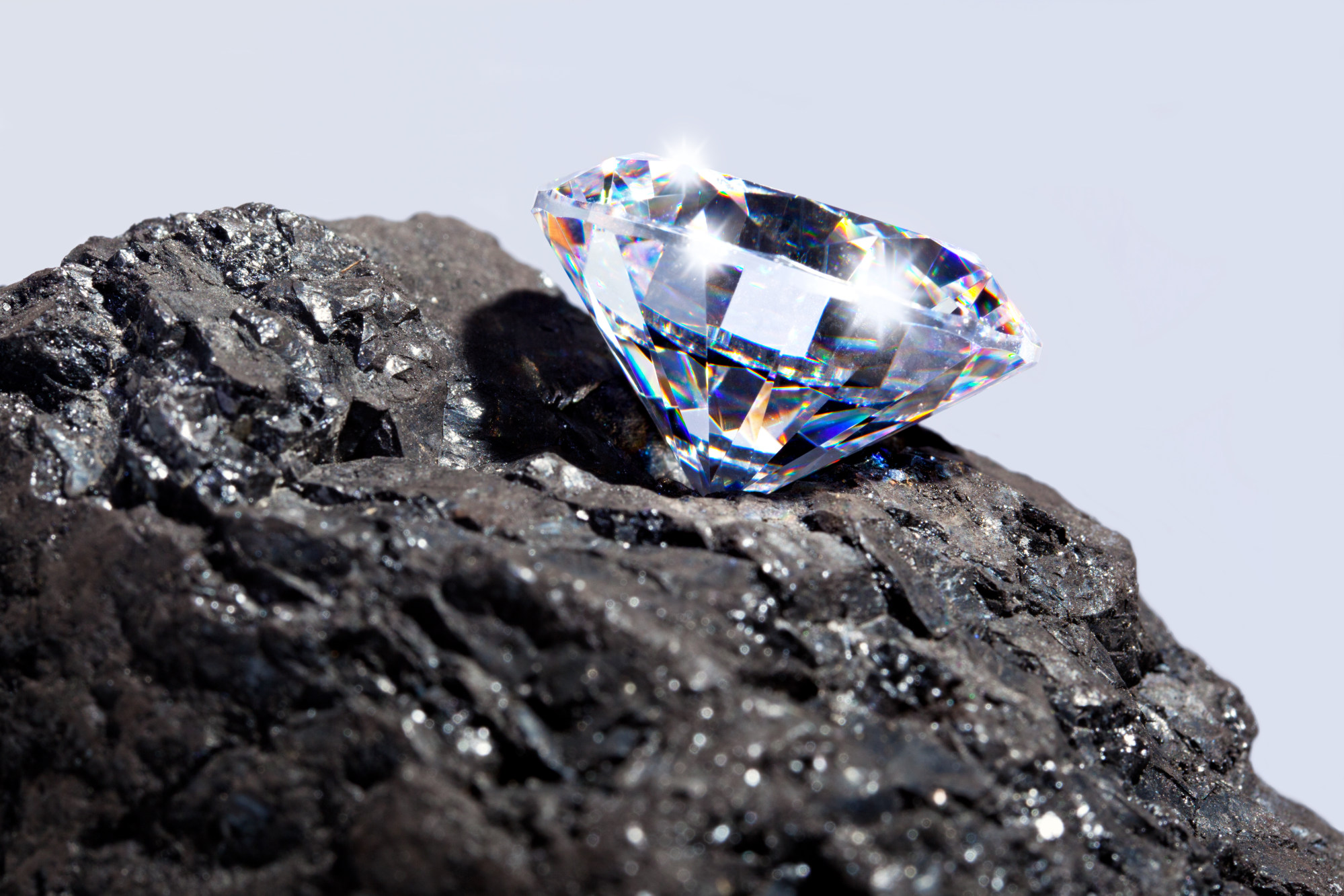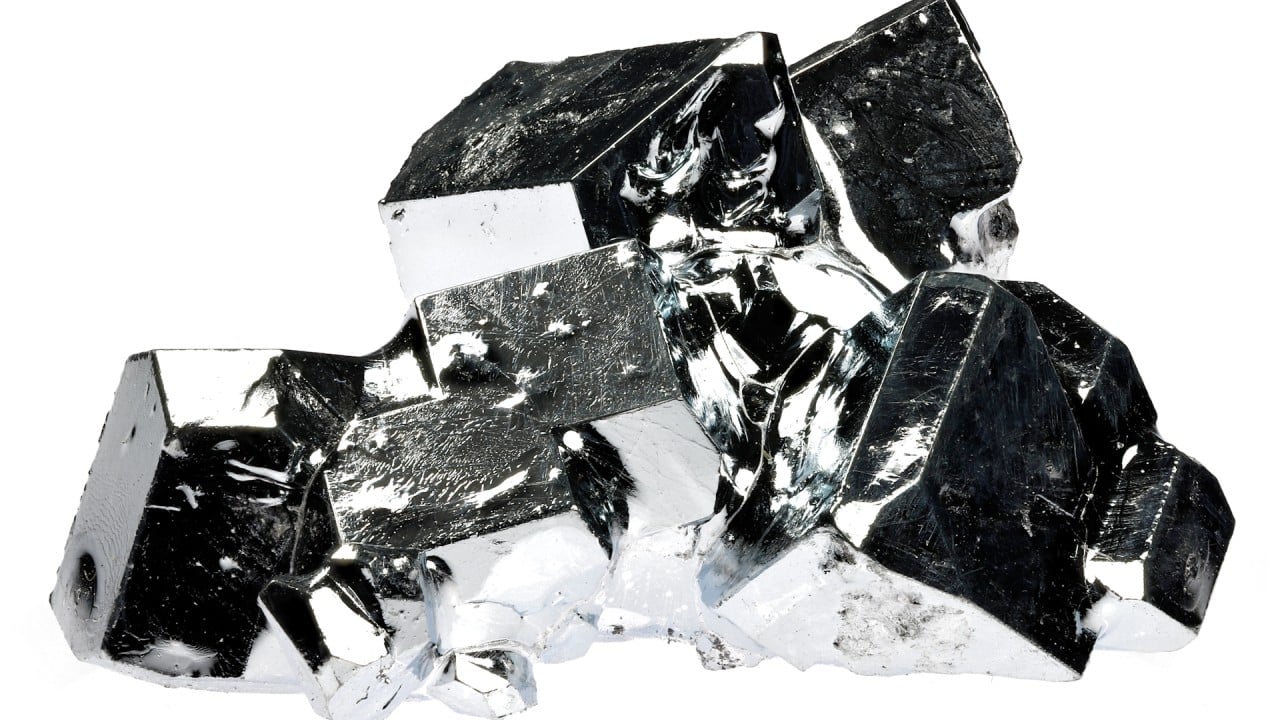[ad_1]
“These new devices have excellent performance, including high power, high frequency, and ultra-low energy consumption,” said the team led by Wang Yingmin, chief expert of the 46th Research Institute of China Electronics Technology Corporation (CETC). stated in a peer report. -Peer-reviewed paper published in the Chinese academic journal “Semiconductor Technology” on January 31st.
While other countries are still working on the technology in the lab, China is already working out the kinks in its production lines.
“A technological advance has been achieved to grow diamond directly on GaN in an industrial process,” the scientists said.
Once considered a rare and precious gemstone, diamonds have undergone a remarkable transformation into a cost-effective industrial material in China. Currently, in some online stores in China, the price of an uncut lab-grown diamond is around 1 USD.
This price drop paved the way for diamond applications in the chip industry.
However, a major challenge with gallium nitride is that it tends to generate significant heat during operation, which often prevents efficient heat dissipation. As a result, in real-world applications, “these devices achieve only 20 to 30 percent of their theoretical performance, far from their maximum potential efficiency,” Wang’s team said in their paper.
Diamond is known to be the material with the highest thermal conductivity in nature, with heat transfer efficiency more than five times that of the commonly used silicon carbide material. It also exhibits excellent physical and chemical stability, making it suitable for use in weapons and equipment often used in harsh environments.

Over the years, scientists around the world have conducted extensive research into the application of diamond in high-performance conductor devices. They discovered that gallium nitride and diamond have very different physicochemical properties, making it difficult to bond them tightly. If you use something like adhesive to attach them together, the heat dissipation efficiency will decrease significantly.
Wang’s team took a new approach and proposed growing diamonds directly on gallium nitride. Once considered a far-fetched idea, the process of growing diamonds requires extremely high temperatures and pressures, conditions that can be harmful to gallium nitride chips.
Nevertheless, Chinese scientists claim to have overcome this significant engineering hurdle. First, they planted diamond “seeds” on the surface of gallium nitride at relatively low temperatures and pressures. They then increased the heat and pressure to grow the seeds into a centimeter-wide layer of high-quality diamond crystals.
This seemingly simple process belies its complexity. Even the slightest deviation can result in the formation of graphite impurities within the diamond, which can significantly impair its heat dissipation properties.
Through extensive experimentation, Chinese scientists and engineers have refined this process, suppressing the formation of impurities and enabling large-scale production of high-quality diamond-based gallium nitride HEMT devices.
“These products have great potential for applications in the field of next-generation solid-state microwave power devices,” Wang’s team said in their paper.
‘No place to hide’: Chinese scientists claim breakthrough with new tracking device
‘No place to hide’: Chinese scientists claim breakthrough with new tracking device
In recent years, the Chinese military has already made significant advances in electronic warfare capabilities, with the support of one of the world’s largest communications and information technology industries.
Despite the U.S. Navy’s extensive combat experience, its primary adversaries since the Cold War have primarily been terrorist groups with minimal or no retaliatory capabilities. Officers and sailors can face considerable pressure when faced with an adversary of equal or greater skill.
Since last year, the U.S. Navy has publicly dismissed 18 front-line commanders due to a lack of trust, an unusually high number, according to reports. Many of these officers were engaged in military operations against China in sensitive waters such as the South China Sea and the Western Pacific. Because no live ammunition was used, some military experts have speculated that the removal of certain US Navy commanders may be related to the negative consequences of electronic warfare.
However, China is not without competition. In 2019, Japan’s Mitsubishi Electric announced plans to develop a gallium nitride HEMT device using a diamond substrate in its lab and commercially produce it by 2025.
Nevertheless, even if other countries achieve similar technological feats, they may still face hurdles in competing with China in terms of production capacity and costs.
Some industry experts estimate that China could triple its diamond production if necessary.
[ad_2]
Source link




